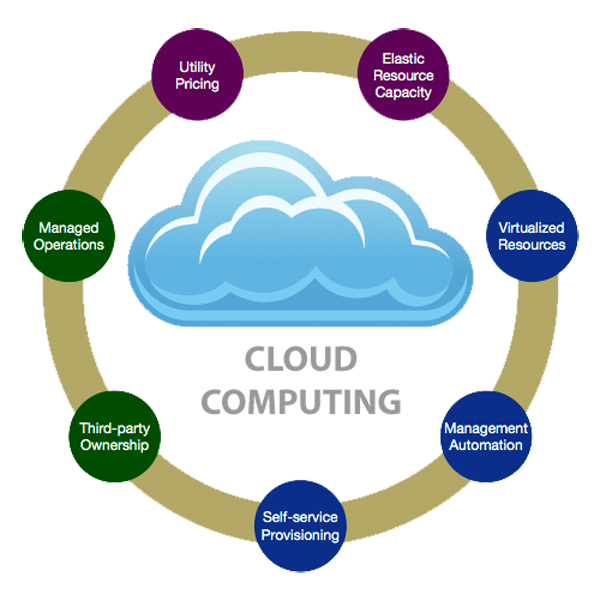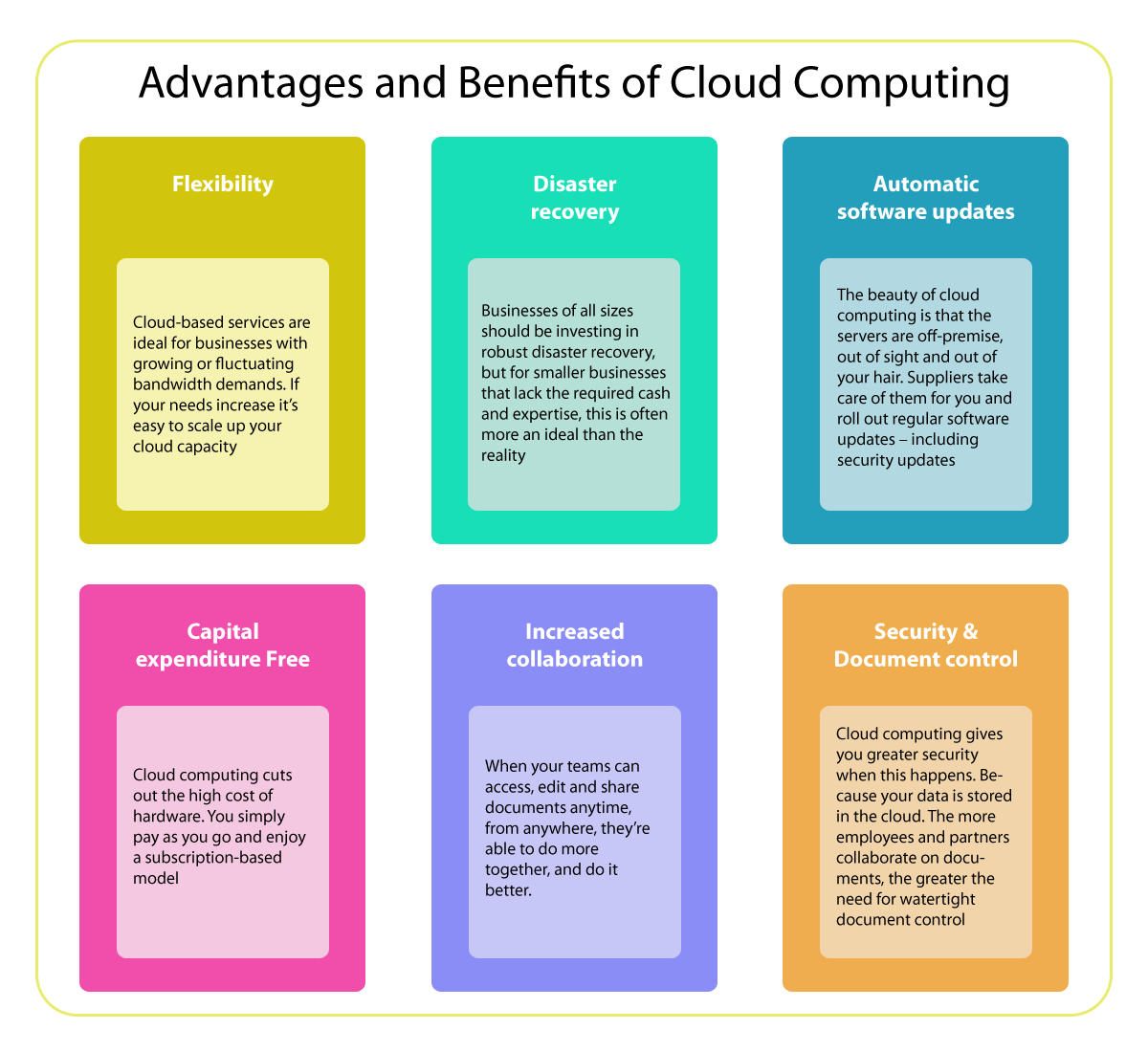What Is Cloud Computing?
What is the cloud? Where is the cloud? Are we in the cloud now? These are all questions you've probably heard or even asked yourself. The term "cloud computing" is everywhere. In the simplest terms, cloud computing means storing and accessing data and programs over the Internet instead of your computer's hard drive. The cloud is just a metaphor for the Internet. It goes back to the days of flowcharts and presentations that would represent the gigantic server-farm infrastructure of the Internet as nothing but a puffy, white cumulus cloud, accepting connections and doling out information as it floats.
For it to be considered "cloud computing," you need to access your data or your programs over the Internet, or at the very least, have that data synced with other information over the Web. In a big business, you may know all there is to know about what's on the other side of the connection; as an individual user, you may never have any idea what kind of massive data processing is happening on the other end. The end result is the same: with an online connection, cloud computing can be done anywhere, anytime.

There is an entirely different "cloud" when it comes to business. Some businesses choose to implement Software-as-a-Service (SaaS), where the business subscribes to an application it accesses over the Internet. (Think Salesforce.com.) There's also Platform-as-a-Service (PaaS), where a business can create its own custom applications for use by all in the company. And don't forget the mighty Infrastructure-as-a-Service (IaaS), where players like Amazon, Microsoft, Google, and Rackspace provide a backbone that can be "rented out" by other companies. (For example, Netflix provides services to you because it's a customer of the cloud services at Amazon.) Of course, cloud computing is big business: The market generated $100 billion a year in 2012, which could be $127 billion by 2017 and $500 billion by 2020.

Our Capabilities : A company's technology organization should support its business strategy, not constrain it. TMV. focuses first on the strategic needs of our clients' businesses to determine the technology capabilities needed to support their long-term goals. We help companies address technology-related decisions and ensure their IT organizations and operating models are agile and effective, equipping them to cut through the noise of fleeting technology trends to create enduring results.
IT Strategy
Technology helps companies transform themselves and grow their business.
Heavily technology-dependent to identify the optimal future state of IT
Aligned with business needs
Jointly develop an implementation blueprint.
Focused Service Provider
Applied best practices for Application Development & Maintenance (AD&M)
Expertise in each area of the Software Development Lifecycle (SDLC)
Excellence in development technologies
Leverage re-usable programming assets
Mature Processes
CMMI-compliant methodologies, perfected over a decade of practice, and specifically designed for geographically distributed (nearshore / offshore / onsite) projects.
Measurable project metrics
High level of internal control and efficiency
Stability
Cultivated long term client relationships
Compound annual growth rate - CAGR: 60% (over past 3 years)
Employee retention rate: 90%
Strong group financial position
Prosperous customer relationships – over 90% client retention rate
Easy to work with
Flexibility – In our engagement models (contractual, pricing, SLA, KPI)
Engineers with experience gathered from projects implemented all over the world
Advanced technological infrastructure and security system for maximum client confidence